10 Natural Wonders in the Yucatán Peninsula You Have to See to Believe
Not many know that beyond the ruins and beaches, the Yucatán Peninsula is a natural wonderland. I have been driving around this beautiful region of Mexico multiple times, and it never ceases to amaze me.
Between the jungle, coastal lagoons, cenotes, and biosphere reserves, there’s an overwhelming amount of wild beauty that makes digital distractions feel entirely irrelevant unless you want to share these amazing places with your friends and family.
Here are my favorite natural wonders in the Yucatan Peninsula that will steal your heart.
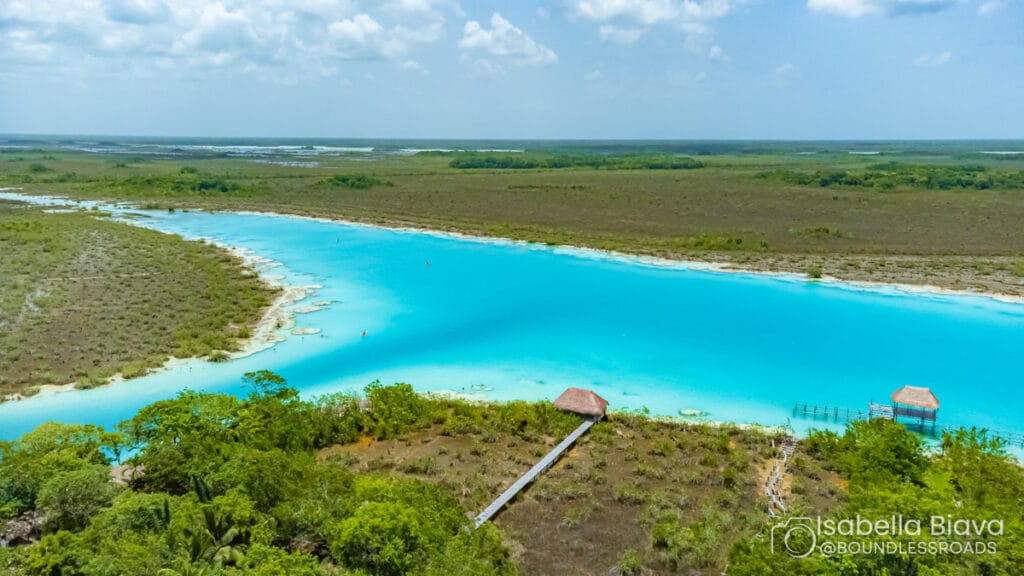
Disclaimer: This page may contain affiliate links. If you make a purchase using one of those links, I may earn a commission at zero cost for you. Please see my disclaimer policy my privacy policy.
🦈 Swim With Whale Sharks
Yep, whale sharks. They’re the largest fish in the ocean—and they’re remarkably gentle. Every year from June to August, these spotted giants migrate to the warm waters off Isla Holbox, Isla Mujeres, and Cancun.
You can snorkel right alongside them, marveling at their slow, graceful movements as they glide beneath you. It’s a surreal encounter with nature that feels almost too magical to be real.
Tours are carefully regulated to protect the animals, and it’s an experience that truly stays with you forever.
Consider this tour, along with its excellent reviews, if you’re thinking of swimming with whale sharks in Cancun.
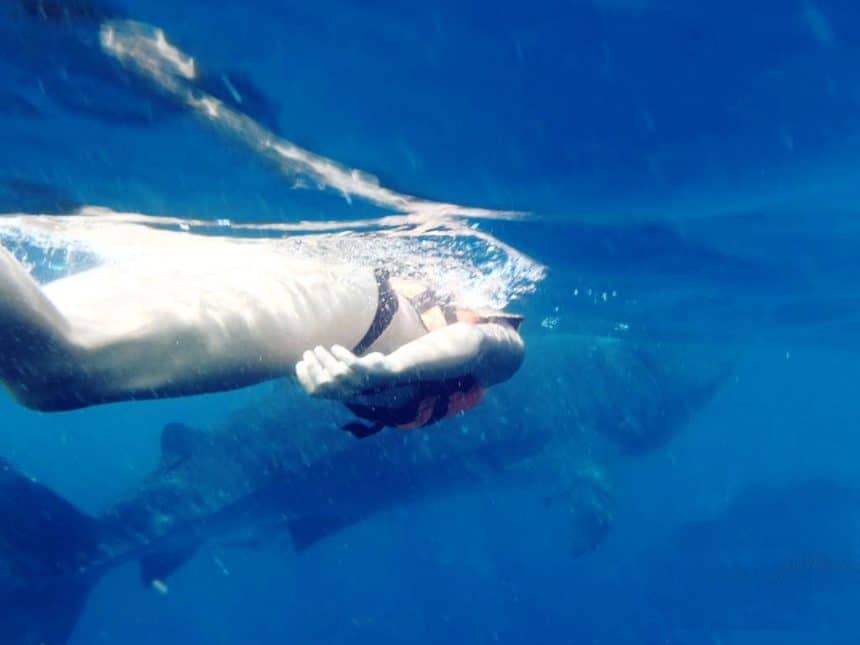
🦩 Rio Lagartos & Las Coloradas
This is one of my favorite places to visit in the Yucatan Peninsula, and I’m going to tell you why in a bit. Keep reading. Located on the northern coast of the peninsula, this area is famous for two extraordinary sights: flocks of vibrant pink flamingos and the pastel-hued pink lakes of Las Coloradas.
Since pink lakes have become so popular on Instagram, they have made the entry fees outrageously expensive, especially to get to those photography spots. Let alone if you want to use the drone.
I find it disturbing, but hey, it’s their business. On the contrary, taking a boat tour in the natural reserve of Rio Lagartos is one of my favorite experiences in Mexico. One of the things that makes this tour even more worthwhile is the guide, William (Willy). I met him a long time ago, thanks to a lead from a friend of mine, who is also a guide.
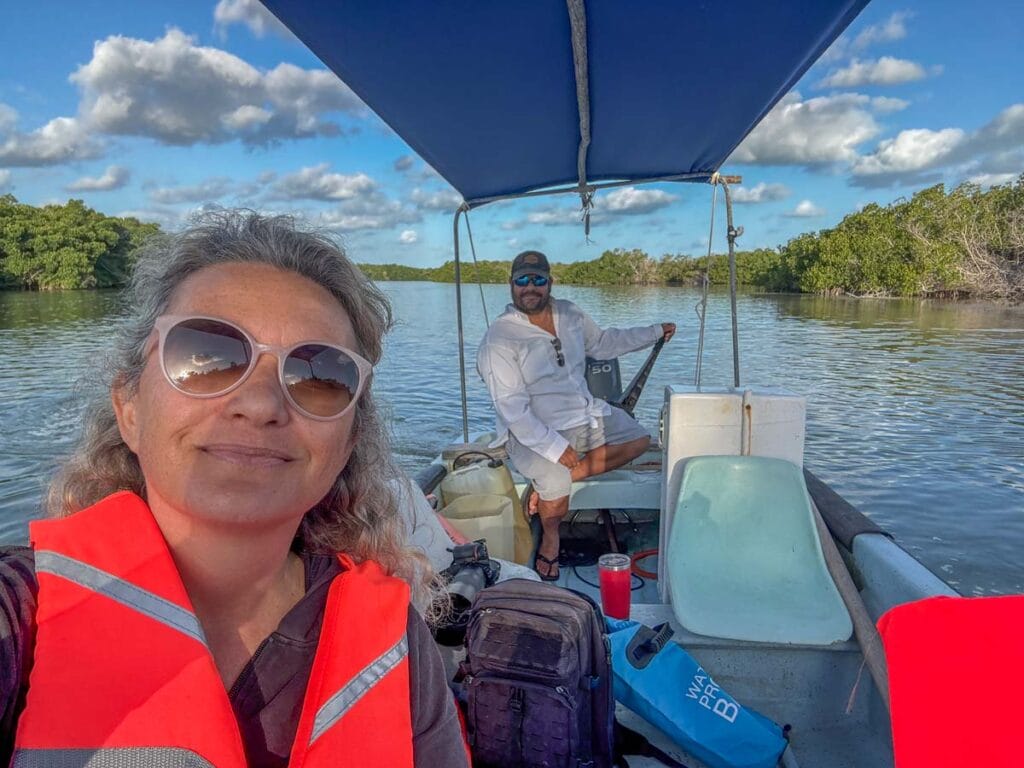
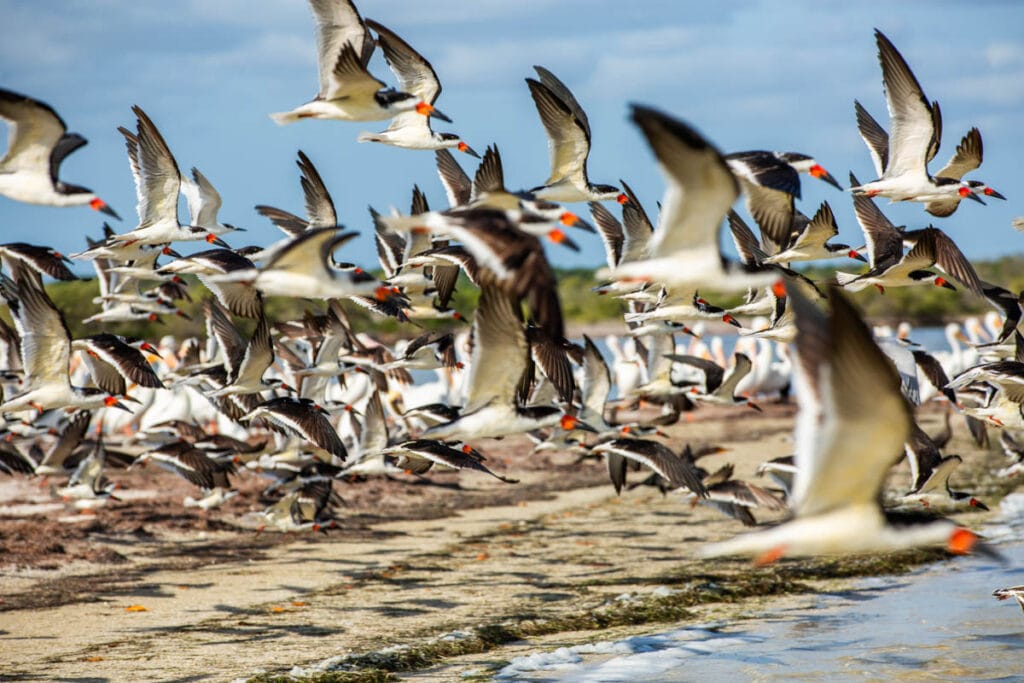
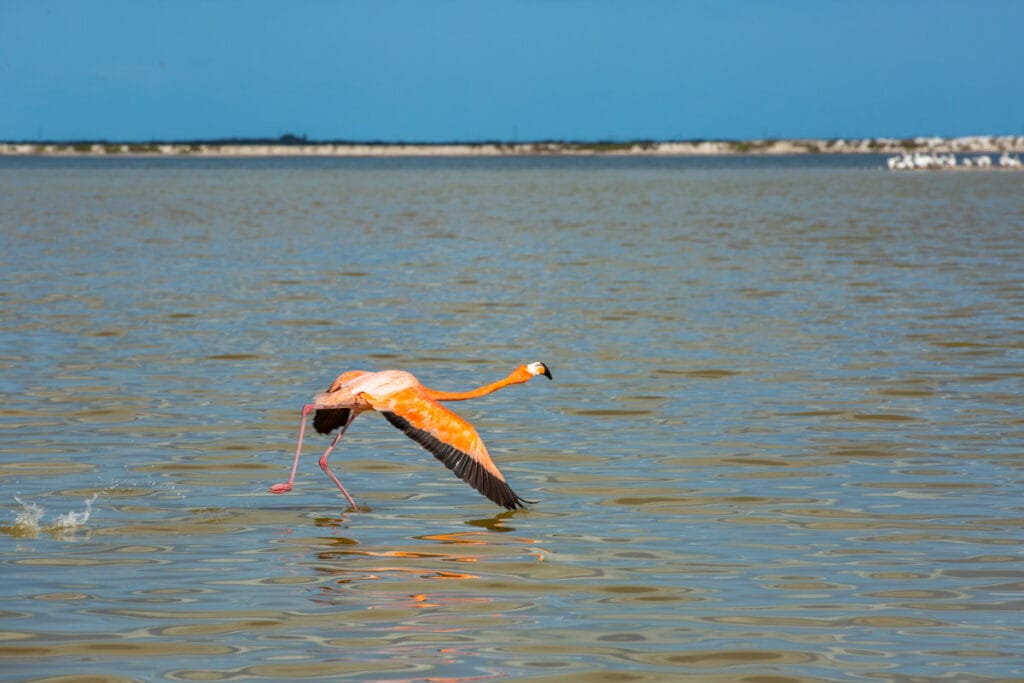
I have been going on a tour with him ever since, and every time is a renewed, amazing experience. He is a passionate biologist and amazing photographer from that very exact town. He knows this area from the back of his hands, and he will take you to the most incredible spots to watch the wildlife and enjoy the spectacular views, including flamingo sights and mud baths. You can find him on his Facebook page.
William can take you on a boat tour in the biosphere, but if you are based in Cancun, Playa, or Tulum and want to organize a full-day trip without having to drive, there are many tours that depart from there and take you to Rio Lagartos and Las Coloradas.
Some tours also include Ek Balam, but this requires leaving very early and returning to your hotel late, and they are usually private tours. They are convenient if you are a party of at least four people.
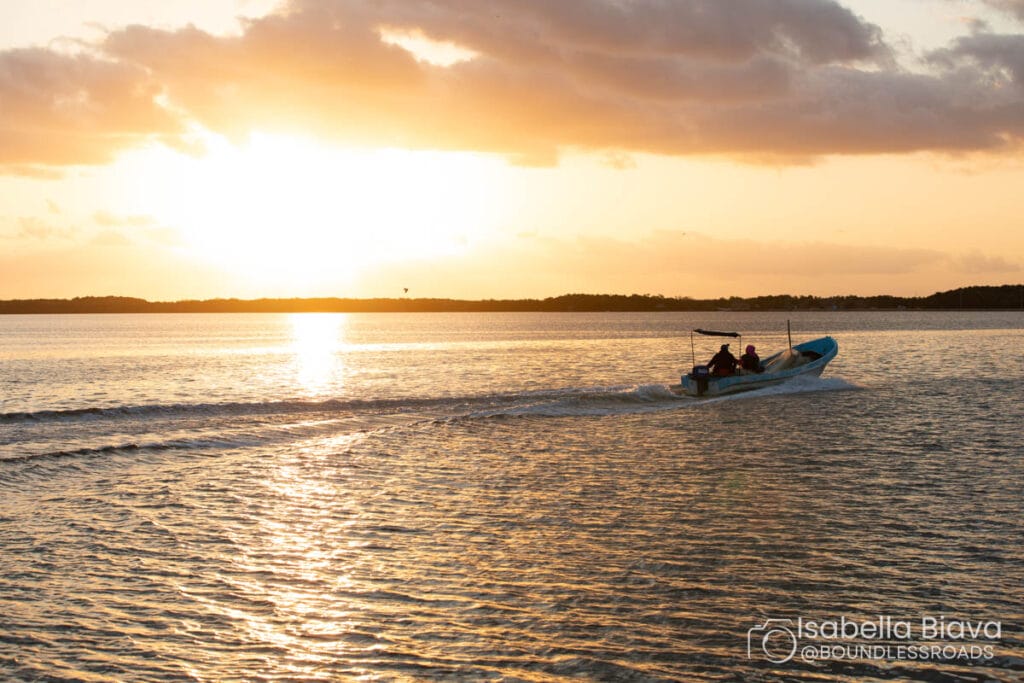
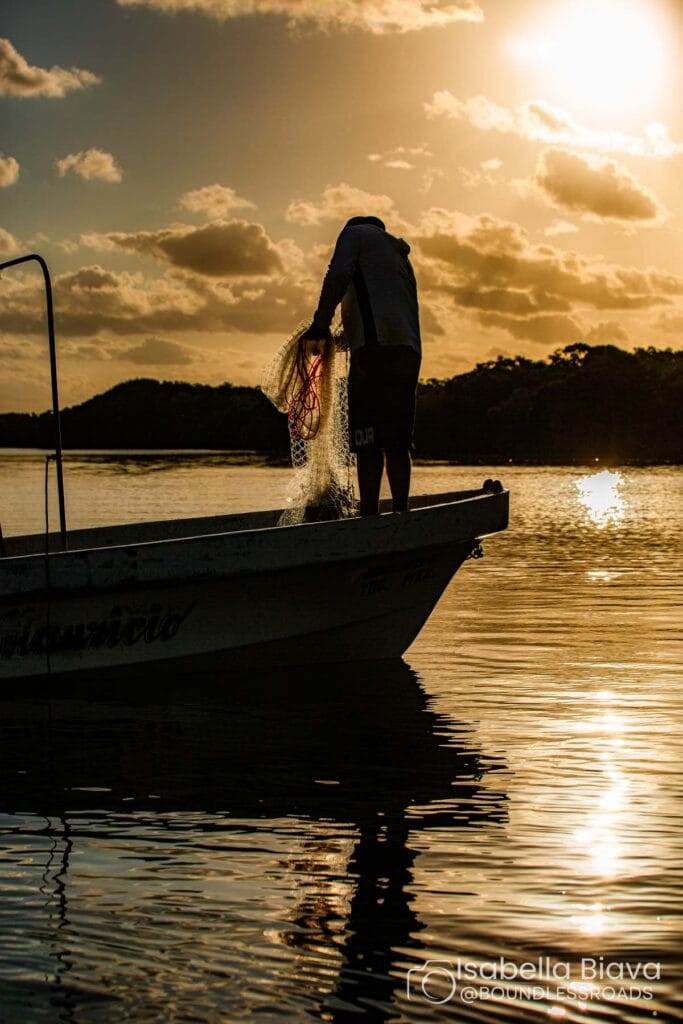
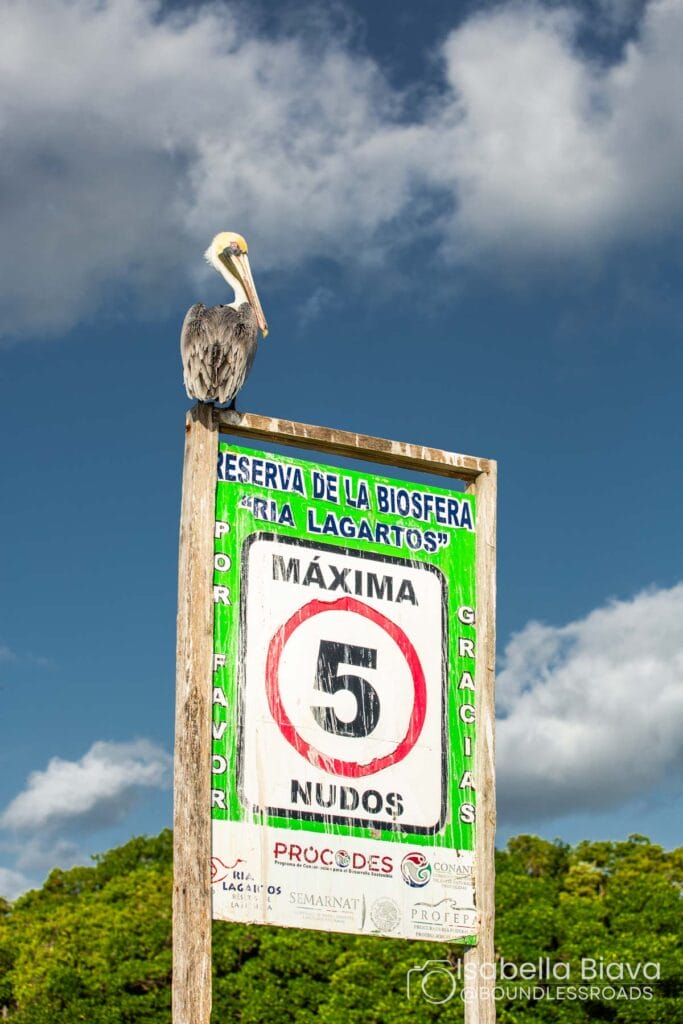
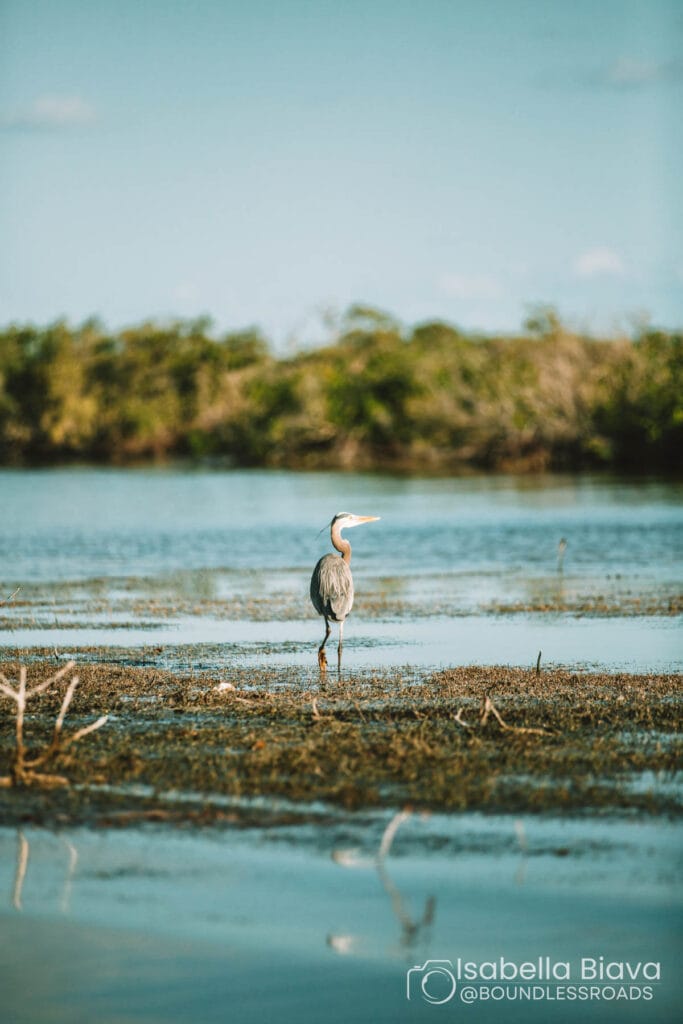
🛶 Muyil Canals
Located within the Sian Ka’an Biosphere Reserve, the Muyil Canals are a peaceful, meditative experience that takes you through ancient Mayan-built waterways surrounded by untouched mangroves.
The tours typically begin with a visit to the Muyil archaeological site, after which you float—literally—through clear turquoise waters, letting the current gently carry you past lush vegetation and over submerged ruins. There are no motors, no crowds, just you, the water, and the sounds of nature.
The tours are fairly standard, as the local cooperative organizes them. You can book your tour here.
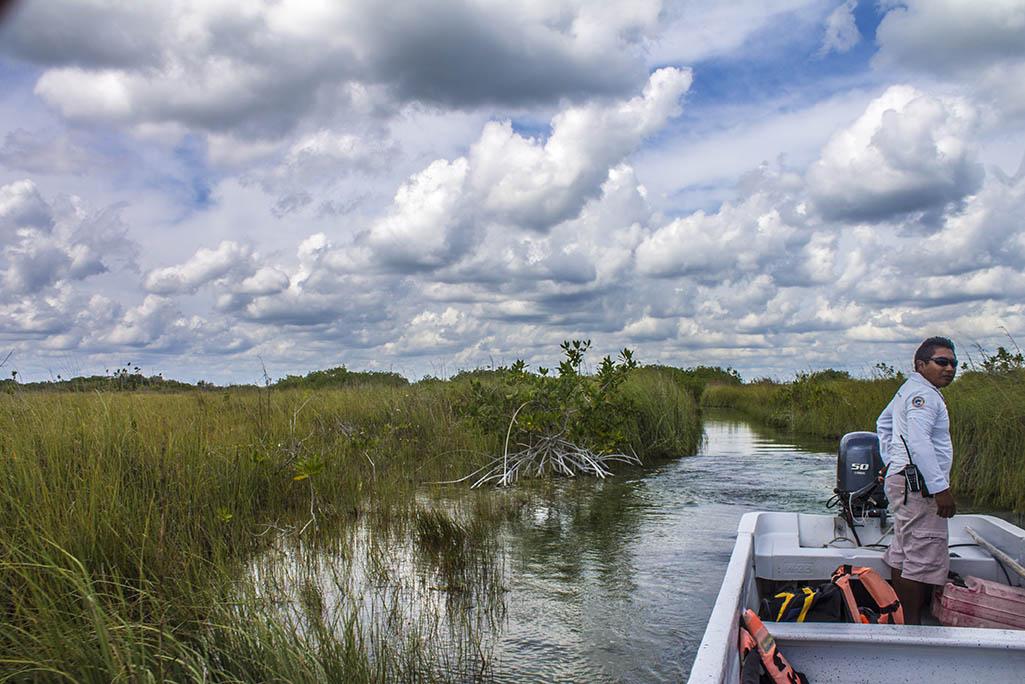
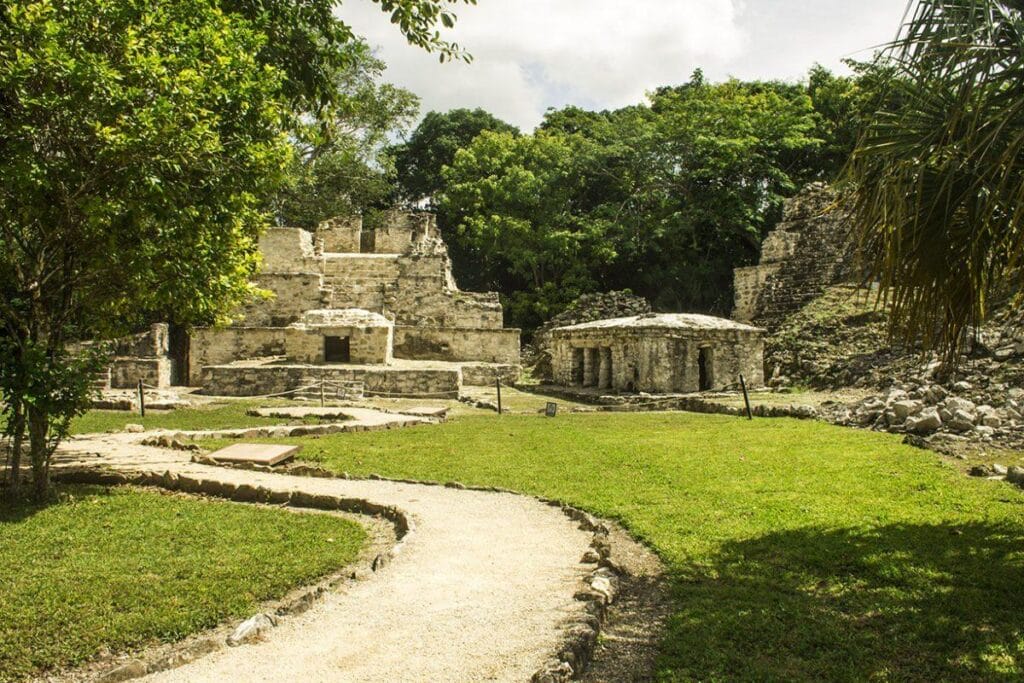
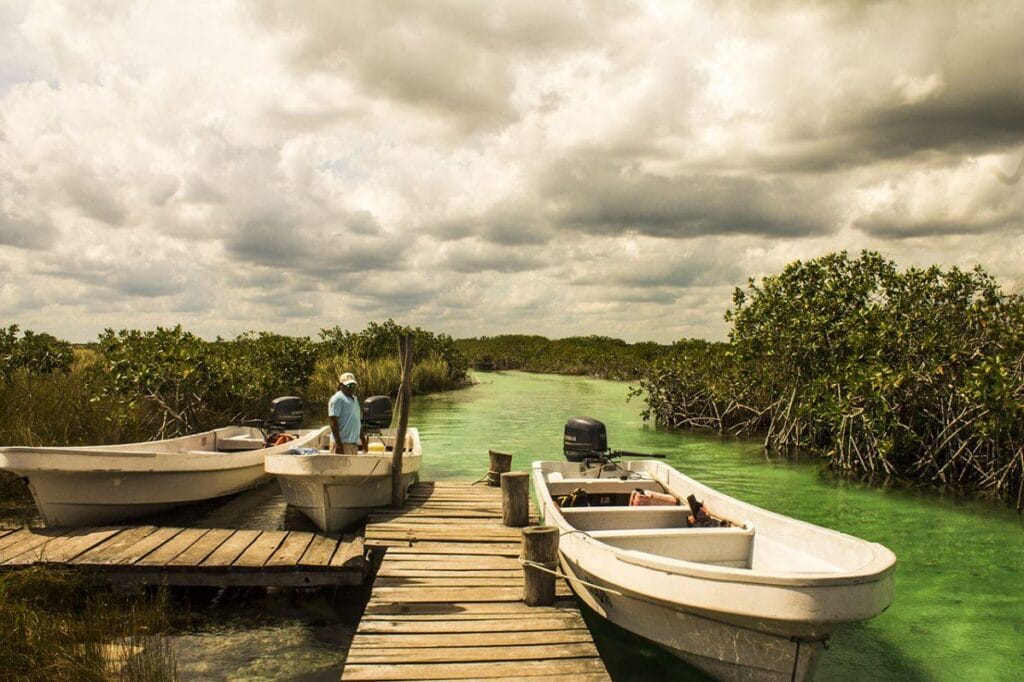
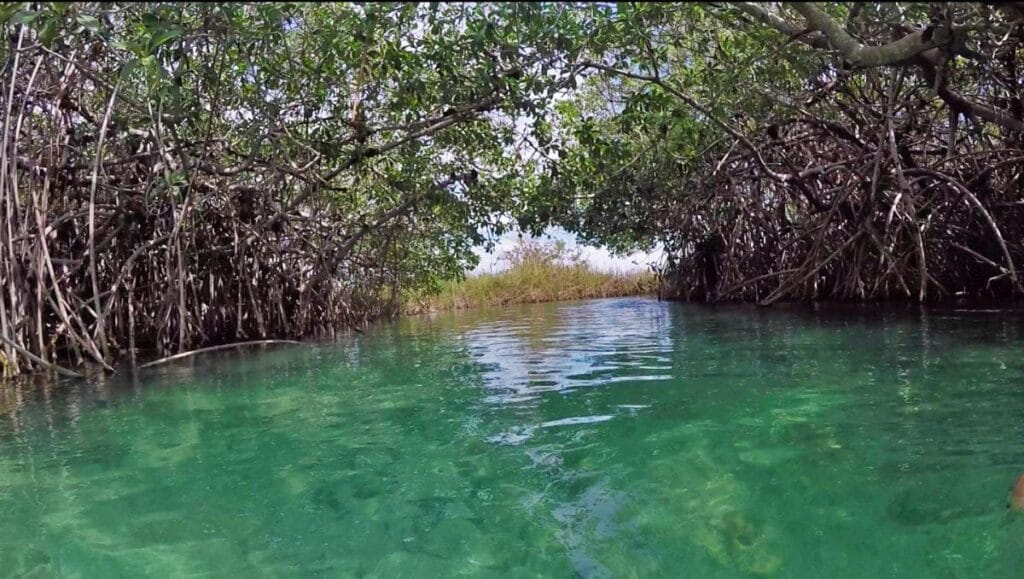
🌿 Sian Ka’an Biosphere Reserve
This UNESCO World Heritage Site is one of the largest protected areas in Mexico, spanning jungle, wetlands, coastal lagoons, and a section of the Mesoamerican Barrier Reef. From the Punta Allen side, visitors can embark on rugged jeep tours and boat safaris to spot dolphins, sea turtles, crocodiles, and manatees.
From the Muyil side, it’s a quieter experience centered on birdwatching and canal floating. Wildlife is abundant, and the reserve’s pristine ecosystems offer a vivid reminder of what unspoiled nature looks like. Or you can book a tour by boat or car that gets you directly to Punta Allen.
Another way to get there is by car, but a 4-wheel drive vehicle is recommended, as the terrain is very uneven, and it becomes even worse when it rains.
🐒 Calakmul Biosphere Reserve
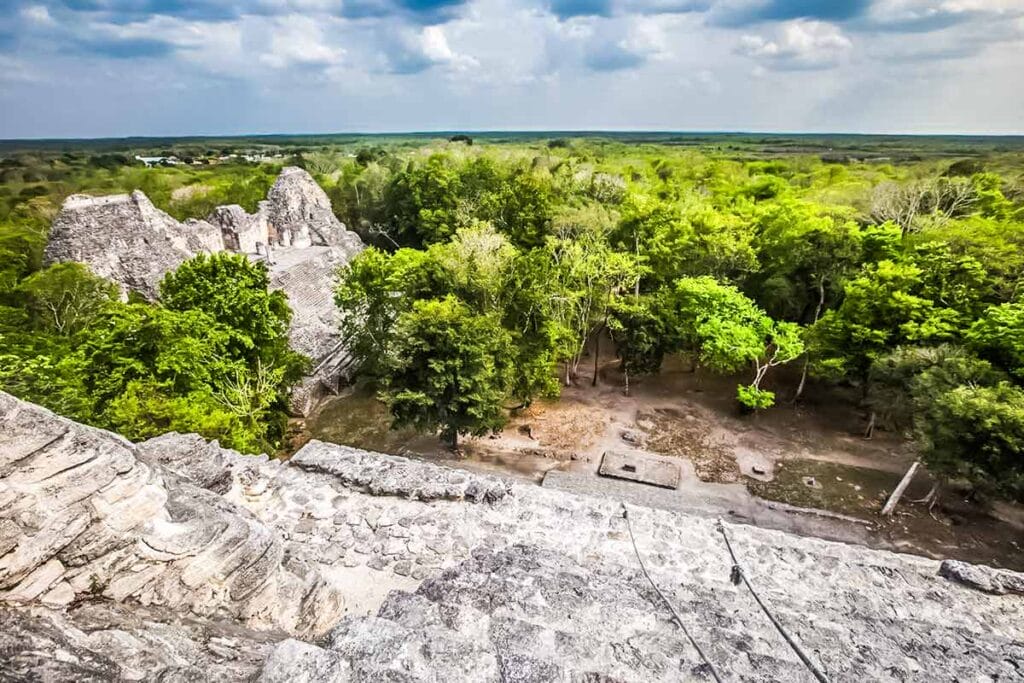
Hidden deep in the southern jungle near the Guatemala border, Calakmul is both an ancient Mayan city and one of the richest biodiversity hotspots in Mexico. The archaeological site is vast and dramatic—climb its towering pyramids and you’ll see nothing but canopy in every direction.
In the surrounding reserve, you might hear howler monkeys before you see them, or spot toucans, coatis, and wild turkeys. If you’re fortunate and extremely quiet, you might even catch a glimpse of a jaguar—the elusive king of this remote forest.
I have been visiting Calakmul multiple times before they built the railways for the Mayan train, which has caused significant changes not only in the layout and logistics but also in the type of wildlife you can see there. I will go back soon and report back with more up-to-date information.
However, please note that there aren’t many tours that take you to Calakmul. The best way is to travel there by Mayan Train and then hire a taxi or rent a car. Or, my favorite way is to make your own itinerary of the Yucatan Peninsula and include Calakmul as your stop.
🐢 Akumal Bay
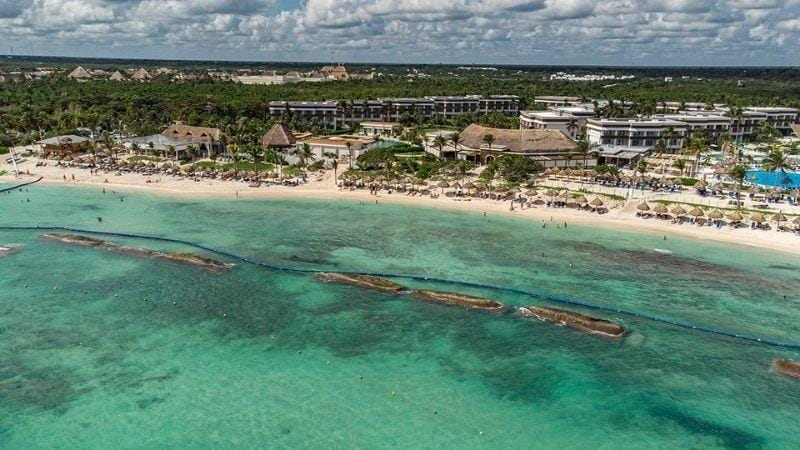
This small bay south of Playa del Carmen is famous for one thing: sea turtles. Every morning, these gentle grazers swim into the bay to feed on the seagrass meadows just offshore. Visitors can walk straight into the water and snorkel with them, often just a few feet away.
Mornings are the best time to go, as they allow you to beat the crowds and enjoy calm waters. It’s a peaceful, close-up wildlife experience that feels natural and unforced.
Please note that the beach can be pretty crowded, and you will be required to pay for a tour to observe the turtles. This is not a scam, it’s correct, they have now made a paid experience.
However, you can swim outside the designated area for swimming with the turtles, and you may still see them, as they are not in captivity and are free to roam.
🐬 Laguna de Términos (Isla Aguada)
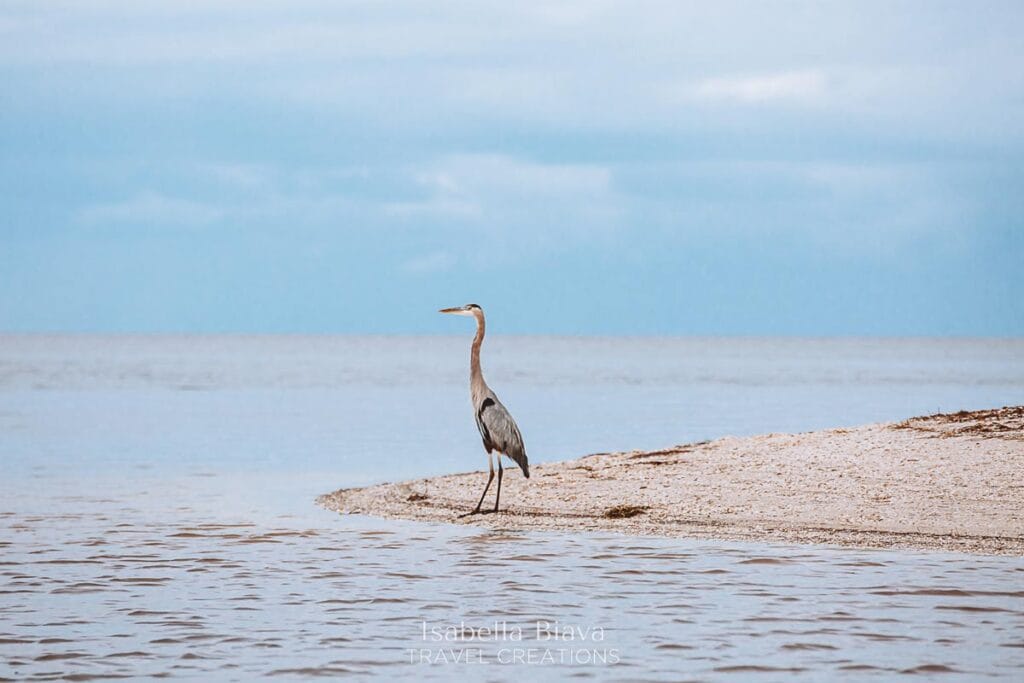
Located in the state of Campeche, Laguna de Términos is a vast estuarine lagoon that remains off the typical tourist radar. Here, you can take boat rides to spot wild dolphins swimming alongside the boats, visit sandbanks that emerge in the middle of the water, and enjoy tranquil, undeveloped surroundings. It’s a particularly soothing place to disconnect and unwind—ideal for those seeking a low-key alternative to busier destinations.
The town is not particularly pretty, but the natural area and the landscape are interesting. Besides, you can see the dolphins in their natural environment, which is also a plus. Another positive point is that it’s not a very touristy place, so it’s still relatively cheap and less crowded.
🦎 Snake Cave of Kantemó
Deep in the jungle near the small town of Kantemó lies a cave that offers one of the most fascinating—and spine-tingling—wildlife experiences in the Yucatán. Known as the Cave of the Hanging Snakes, this eerie spot is home to rat snakes that dangle from the ceiling to catch bats mid-flight.
As night falls, you can venture inside with a guide to witness this extraordinary natural hunt. The cave also features underground pools inhabited by blind fish and shrimp, further enhancing its otherworldly appeal. For those fascinated by the darker, wilder sides of nature, this experience is both thrilling and unforgettable.
I am afraid of snakes, and I decided to go anyway, with guides, of course. I am not sure how I survived, but I made it, and it was an amazing experience.
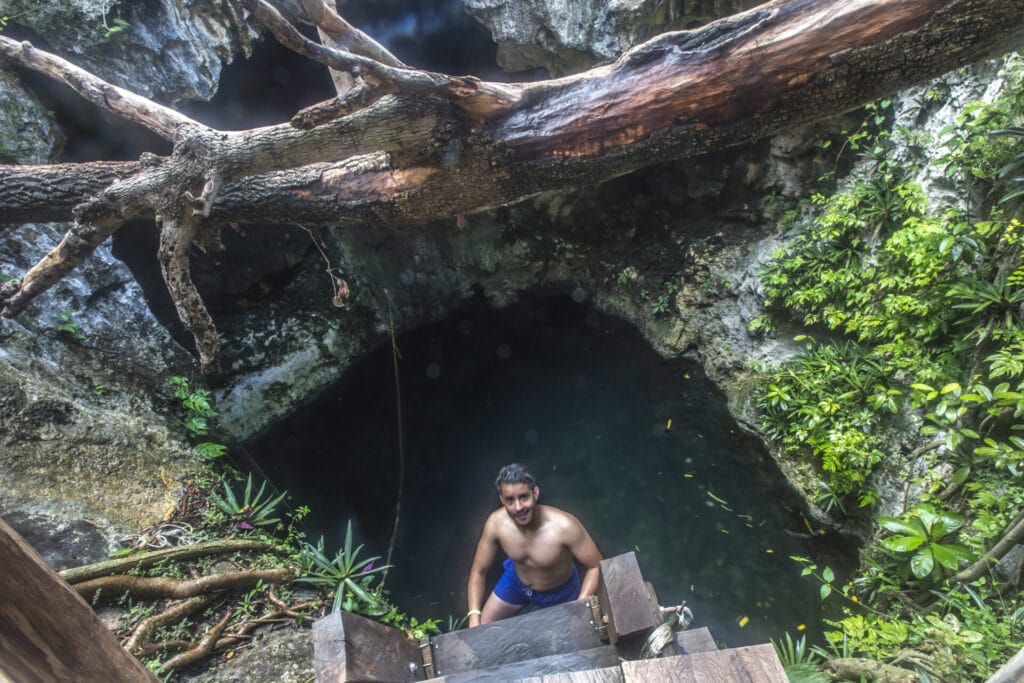
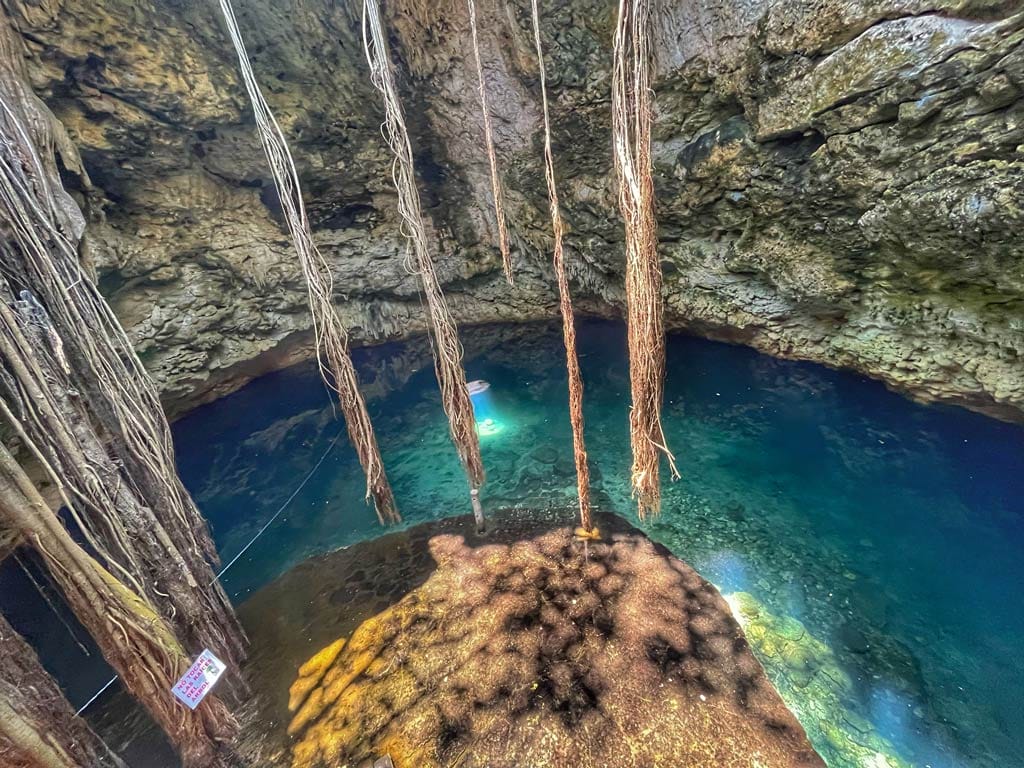
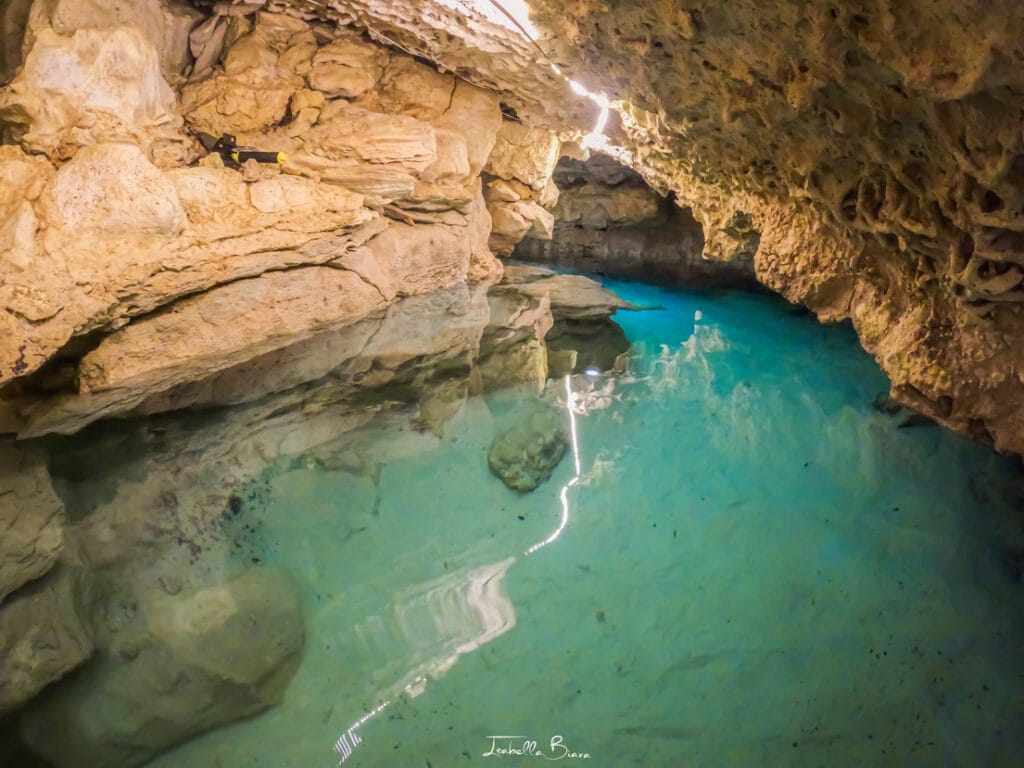
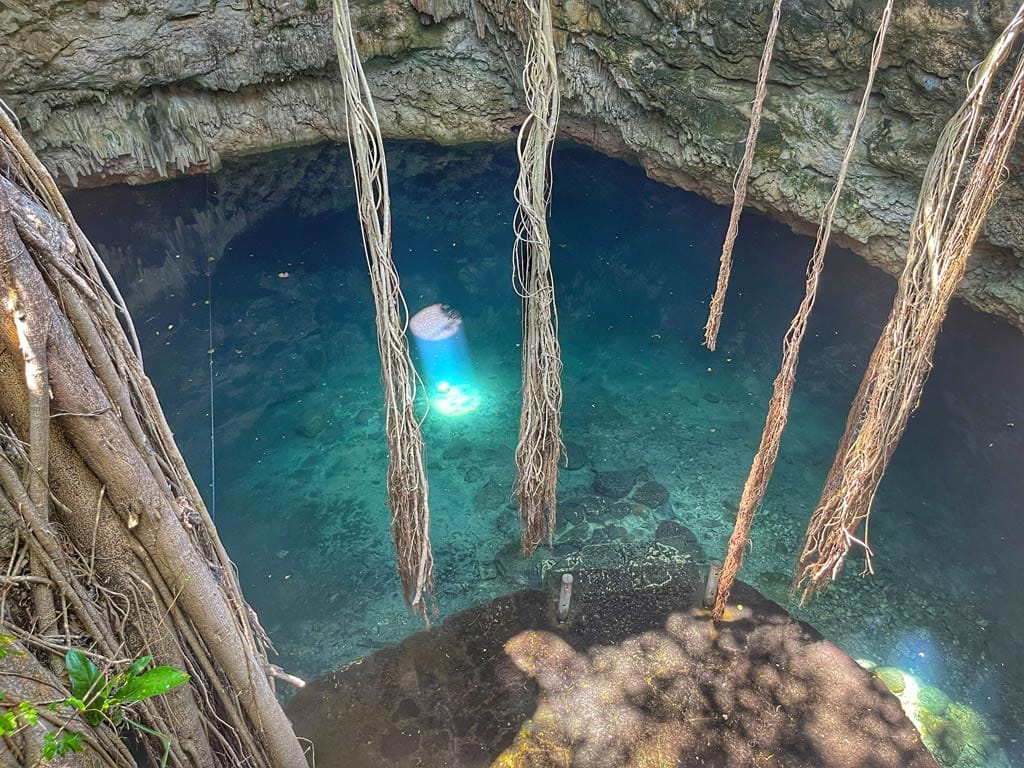
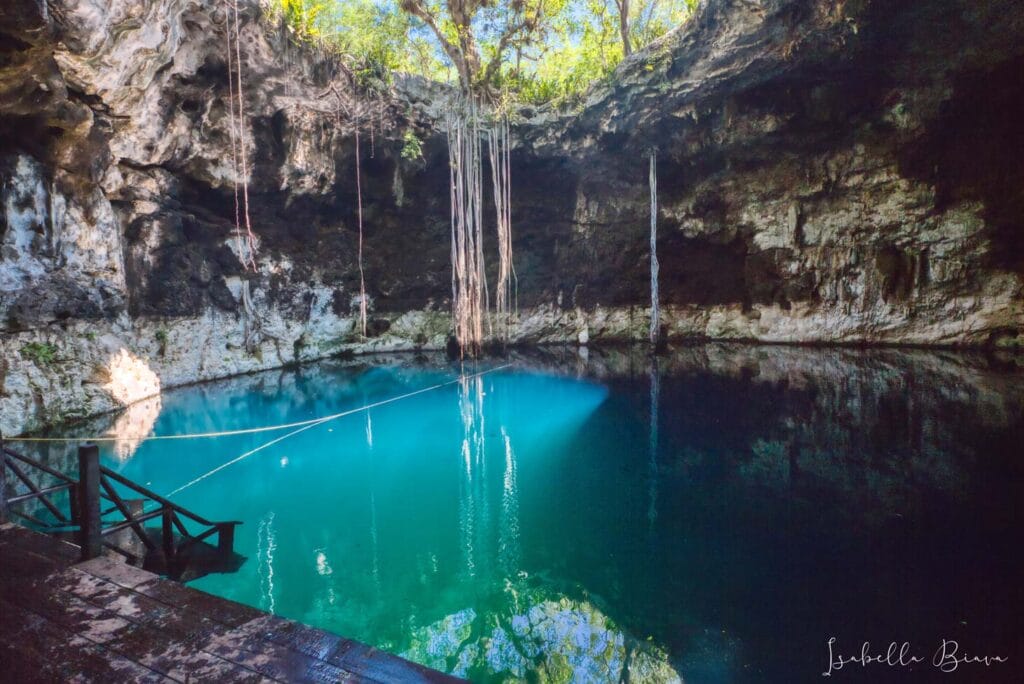
🕳️ Homún Cenotes
South of Mérida, the town of Homún is surrounded by a dense concentration of cenotes—natural sinkholes filled with crystal-clear groundwater. Unlike more commercialized cenotes near Tulum, Homún’s are rustic, local, and refreshingly uncrowded.
You can hop between them by moto-taxi or bike, exploring a range of cenote types: open pools, partially covered caverns, and narrow caves with sunbeams piercing the water. F
Favorites include Cenote Santa Bárbara, which has three unique cenotes accessible by bike or mini-truck, and Cenote Yaxbacaltun, a giant open pool perfect for swimming.
It’s a place where you can spend an entire day floating, jumping, and marveling at the natural formations beneath the surface.
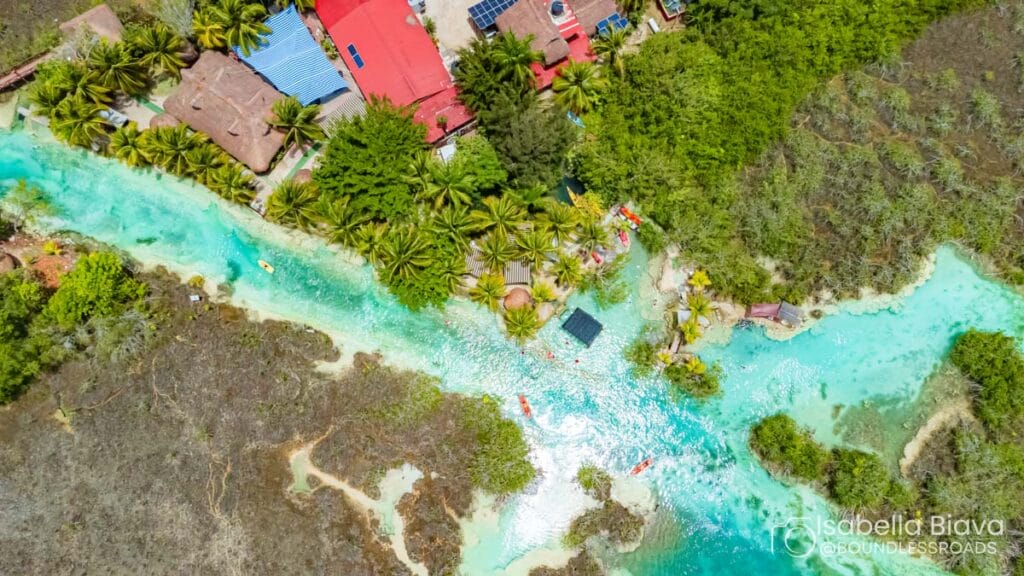
🌊 Bacalar – Lagoon of Seven Colors
Bacalar is a laid-back town set on a spectacular freshwater lagoon known for its electric blue hues. The “Seven Colors” nickname comes from the many shades of blue visible across its depth gradients.
Spend the day on a boat or paddleboard, gliding over shallow cenotes and past tiny islands. Float in the gentle current at Los Rápidos, or swim in Cenote Azul, one of the deepest in the region.
With fewer crowds than the Riviera Maya and a slower pace, Bacalar offers both serenity and natural splendor. The surrounding wetlands and mangroves are home to countless bird species and even rare stromatolites—ancient microbial formations that add to the lagoon’s ecological importance.
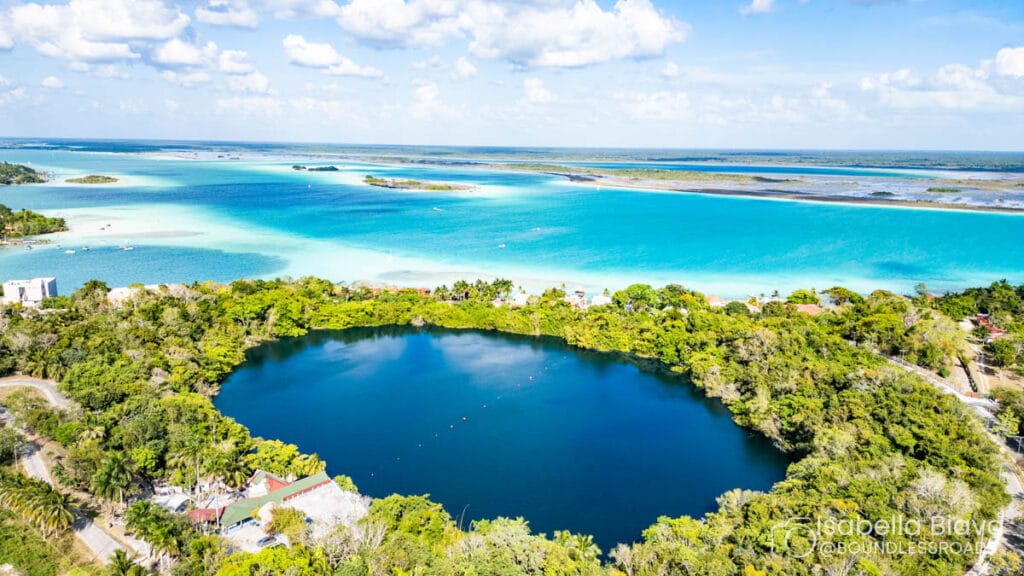
Final Thoughts
The Yucatán Peninsula isn’t just about ancient ruins and white-sand beaches—it’s a mosaic of ecological treasures that invite you to slow down, unplug, and reconnect with the wild. Whether you’re swimming beside whale sharks, floating through jungle canals, or exploring the eerie stillness of a bat-filled cave, these experiences are more than just bucket list items—they’re powerful reminders of the planet’s raw, untouched beauty.
